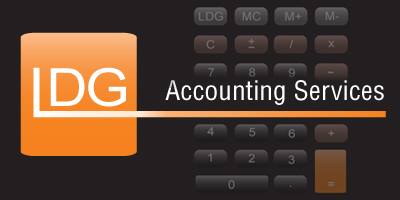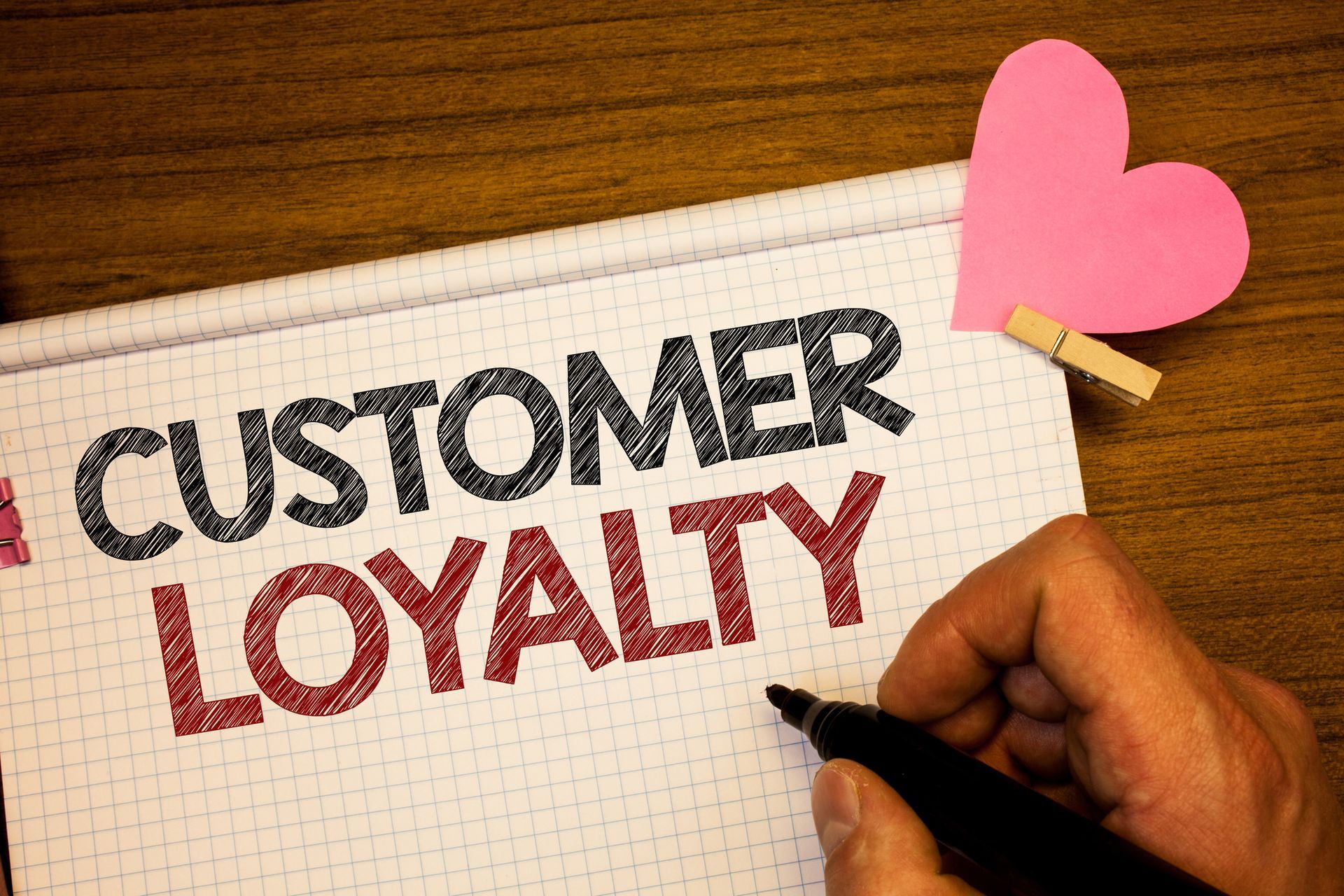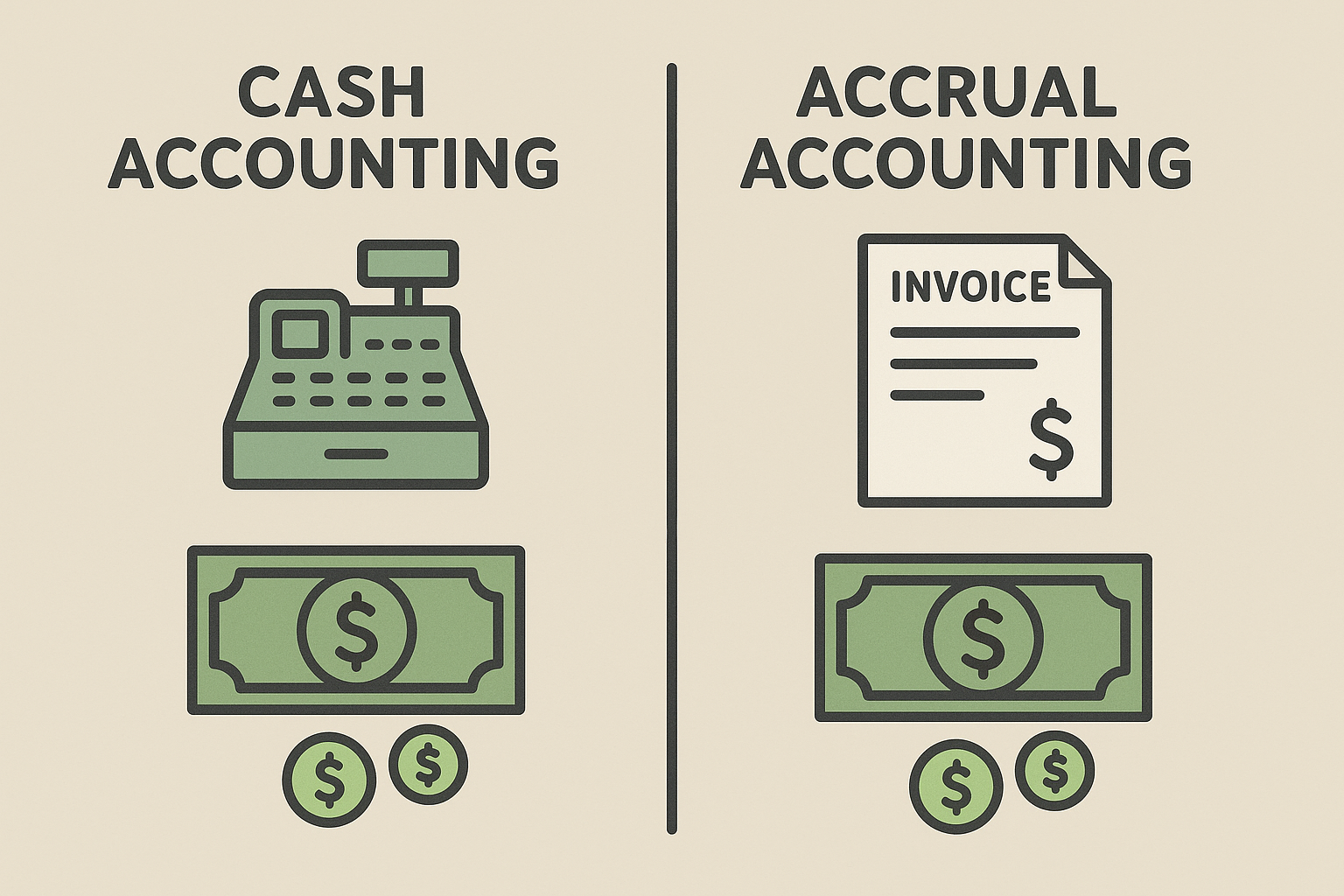5 More Business Metrics for Small Businesses
Customer Acquisition Cost
If you want to examine the success of your advertising strategies, the first metric you want to track is Customer Acquisition Cost (CAC). CAC tracks just how much on average you are spending to attract one new customer to your business. To determine your company’s CAC, divide your total marketing and advertising expenses by the total of new customers acquired during that same period. The lower your small business’ CAC, the lower the cost to add new customers. If you notice an increase in your costs to acquire new customers, it could be a sign that your marketing strategies are not working efficiently. When new customers enter your business, it can be helpful to ask them how or where they heard about you. This way, you can also determine CAC for different marketing avenues. For instance, you may find you are attracting customers at a much lower rate of investment through Google or Instagram. As a small business, you may already have a limited budget for advertising, so checks on your company’s CAC helps you focus those dollars for maximum return.
Although an important metric, there are a few caveats that should be mentioned. First, it is important to remember that some new customers can be organically added through positive feedback from friends or colleagues, so the rate of CAC does not represent an exact science. Additionally, calculating the cost of acquiring customers does not differentiate it between customers who spent $5 and those that spent $500. As a result, all business owners should use their customer acquisition cost metric along with others such as Customer Lifetime Value or Customer Retention Rate to get a complete idea of how well your company is doing with acquiring new customers.
Customer Retention Rate
Once you have calculated the cost to acquire a new customer, you should also look at your customer retention rate (CRR). This metric is slightly more complicated to calculate but can provide you with an immense amount of insight into how your small business is doing keeping those customers you spent marketing dollars acquiring. It is important to understand just how critical this metric can be especially for a small business. According to Salesforce, retaining existing customers costs seven times less and these customers are worth ten times as much as their original purchase! Existing customers can be more likely to try new products and they themselves are a great source for new customers.
So how do you calculate CRR? The formula tracks customer retained over a set period. You will need the number of customers at the beginning of that time period, the number of customers at the end of the period as well as the number of new customers acquired during that period. Subtract the number of new customers from the total at the end of the period. Then divide that number by the number of customers at the beginning of the period. Multiply by 100 and you have your CRR.
Confused? Here is an example. Let’s say you are looking at CRR from January 2021 to March 2021. On January 1st, you had 100 customers. During those three months, you acquired ten new customers but lost ten as well. If you subtract 10 from 100 and divide by 100, you have 0.9. Multiplied by 100, you have a CRR of 90%. This CRR would be incredibly high, depending on the type of business it can range from 20% to close to 80%.
Lead-to-Client Conversion Rate
Another customer metric you might want to consider is lead-to-client conversion rate. It might sound similar to determining your customer acquisition cost, but there is a key difference in that you are only tracking qualified leads instead of your overall marketing dollars. A qualified lead is simply a potential customer who has already expressed an interest in your product. Depending on the industry, there may be more steps in determining whether a prospective customer is considered a qualified lead. If you work in HVAC, a qualified lead may be a customer who asked for a written quote, and you physically checked out the work. Qualified leads usually require you to have already spent time assessing their needs so having a low lead-to-client conversion rate can result in a big loss of productivity. It can also point out problems in your sales strategies. Determining your L-C conversion rate is straightforward. Take the number of qualified leads that resulted in a sale and divide it by the total number of qualified leads. Multiply that number by 100 for a percentage.
Operating Margin
While the first three metrics we discussed directly measure acquiring and retaining customers, the last two will measure what they are buying and have it can affect your business decisions. The first is operating margin. Operating margin measures how much profit is made from every dollar in sales, factoring in cost of production. It doesn’t include interest or tax. Start by taking your revenue and subtract the cost of goods, wages, and other direct costs. Then, divide that number by your revenue. Multiply by 100 and you have your operating margin. This can get confusing so let’s look at an example.
If your company has revenue of $1,000,000 has a cost of goods sold at $250,000 and administrative costs (wages, rent, etc.) at $300,000, your company’s operating income is $450,000. Dividing that by the original revenue gives you 0.45. That means that your operating margin is 45%. The higher the percentage, the more profit your company is generating through sales.
Margins Per Product Line
Once you have evaluated your company’s operating margin you can also examine your margin per product. This can tell you which products make you the most profit per sale. It is calculated the same way as your operating margin, but this time you will only use the numbers for a particular product or service your company provides. For instance, if you are a lawn care business, you might look at your revenue from lawn trimmings. After factoring in costs such as gasoline, oil, and wages, you may find that it has a higher margin than more time-consuming services. It is important to remember that calculating margins per product line may not factor in large overhead costs such as equipment. These initial costs should also be factored into your decisions since you will need to spend capital initially just to begin generating revenue no matter how high the margins are.
Embrace The Benefits of Understanding Your Small Business Metrics
These five metrics may not be necessary for every small business but tracking them can provide important insights into how potential customers respond to your business, how existing customers interact with your company and how your product line is affecting your bottom line. One important thing to remember is to never rely on just one of these metrics. An overly positive customer retention rate may hint that your business is going to be successful, but if attracting new customers has been cost-prohibitive and you are currently operating as a loss, you may not be around long enough for your customers to return! Together, however, metrics can advise you on your next steps.
Want assistance tracking and reporting these metrics? A professional accountant can help with a range of packages and options for your small business. LDG Accounting Services would be happy to discuss your options. Contact us today!











